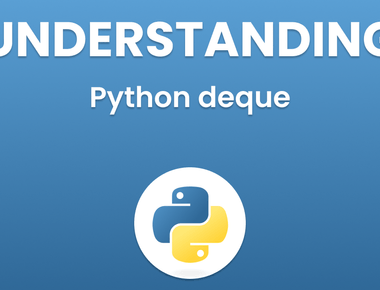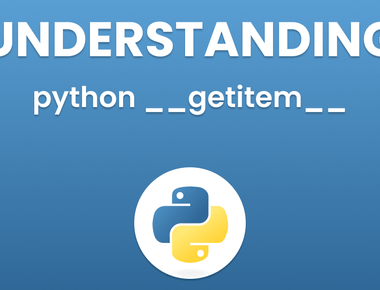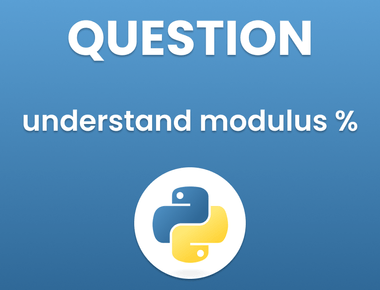Table Of Contents

Are you ready to unravel the mysteries of reverse string Python? In this comprehensive guide, we will dive deep into the world of string reversal using Python programming. Whether you are a seasoned developer or a coding novice, this article will equip you with the knowledge and skills to reverse strings effortlessly. Let’s embark on this exciting journey together.
Introduction
Python reverse string manipulation is a fundamental operation in Python programming. It involves rearranging the characters of a string in the reverse order. This seemingly simple task has numerous applications, from text processing to cryptography.
In this guide, we will explore various methods to Python reverse string, discuss their pros and cons, and provide practical examples. So, whether you’re looking to reverse a single word or an entire sentence, we’ve got you covered.
Python reverse string
Let’s begin our journey by understanding the basic concept of reversing a string in Python. To reverse a string means to flip it, so the last character becomes the first, the second-to-last character becomes the second, and so on. Python offers several approaches to achieve this.
Method 1: Using Slicing
Slicing is one of the most elegant and efficient ways for python reverse string. Here’s how you can do it:
original_string = "Python"reversed_string = original_string[::-1]print(reversed_string)
Method 2: Using a Loop
You can also reverse a string by iterating through it and building a new string in reverse order:
def reverse_string(input_str):reversed_str = ""for char in input_str:reversed_str = char + reversed_strreturn reversed_stroriginal_string = "Python"reversed_string = reverse_string(original_string)print(reversed_string)
Method 3: Using the reversed() Function
Python provides a built-in reversed() function that can reverse any iterable, including strings. You can use it like this:
original_string = "Python"reversed_string = ''.join(reversed(original_string))print(reversed_string)
Method 4: Using Recursion
If you prefer a recursive approach, you can reverse a string like this:
def reverse_string(input_str):if len(input_str) == 0:return input_strelse:return reverse_string(input_str[1:]) + input_str[0]original_string = "Python"reversed_string = reverse_string(original_string)print(reversed_string)
When to Use Each Method
Now that you know multiple ways for python reverse string, you might wonder which method is best for your specific task. Let’s break it down.
Slicing
- Pros: Slicing is concise and elegant, making it the preferred choice for reversing strings in most cases.
- Cons: It creates a new string, which might not be memory-efficient for large strings.
Loop
- Pros: This method allows for fine-grained control and is memory-efficient as it builds the reversed string character by character.
- Cons: It’s slightly more verbose than slicing.
reversed() Function
- Pros: It’s a built-in Python function, making it a convenient choice. It works with various iterable types, not just strings.
- Cons: It requires converting the reversed iterable back to a string, which adds a slight overhead.
Recursion
- Pros: It’s an interesting exercise in recursion and works well for educational purposes.
- Cons: It’s less efficient than other methods and can lead to stack overflow errors for very long strings.
In most cases, slicing or using the reversed() function is recommended for simplicity and efficiency.
Tips for Efficient String Reversal
Here are some additional tips to enhance your string reversal skills:
1. Handle Edge Cases
Always consider edge cases, such as empty strings or strings with only one character, when implementing a string reversal function.
2. Use Built-in Functions
Take advantage of Python’s built-in functions like reversed() to simplify your code and improve readability.
3. Benchmark Your Code
If you’re working with large datasets, benchmark different reversal methods to identify the fastest one for your specific use case.
4. Keep Memory Usage in Check
Be mindful of memory usage, especially when dealing with long strings. Choose the method that best balances memory efficiency and readability.
FAQs
How do I reverse a string with whitespace in Python?
You can reverse a string with whitespace in Python using any of the methods mentioned earlier. Whitespace characters, like spaces, tabs, or newline characters, are treated the same as any other character.
Can I reverse a string in place?
Python strings are immutable, so you cannot reverse them in place. You’ll need to create a new string with the reversed characters.
What’s the time complexity of string reversal in Python?
The time complexity depends on the method you choose. Slicing and using the reversed() function typically have a time complexity of O(n), where n is the length of the string. The loop and recursion methods may have slightly higher time complexity due to their character-by-character operations.
Are there any libraries or modules for advanced string manipulation in Python?
Yes, Python offers powerful libraries like str methods, regular expressions, and the string module for advanced string manipulation tasks. These can be handy for tasks beyond simple string reversal.
Is there a limit to the length of strings I can reverse in Python?
Python can handle strings of considerable length. However, for extremely large strings, memory constraints may become a concern. In such cases, consider using more memory-efficient algorithms.
Can I reverse a list of strings in Python?
Yes, you can reverse a list of strings in Python using similar methods. Instead of reversing characters within a string, you’ll reverse the order of strings in the list.
Conclusion
Congratulations! You’ve now mastered the art of python reverse string. We’ve explored various methods, discussed their strengths and weaknesses, and provided valuable tips for efficient string reversal. Whether you’re working on a coding project, data analysis, or any other task that involves string manipulation, you have the knowledge and tools to excel.
So go ahead, apply what you’ve learned, and unlock the full potential of Python’s string manipulation capabilities. Happy coding!
Subscribe to our newsletter!
Related Posts
Quick Links
Legal Stuff
Social Media







